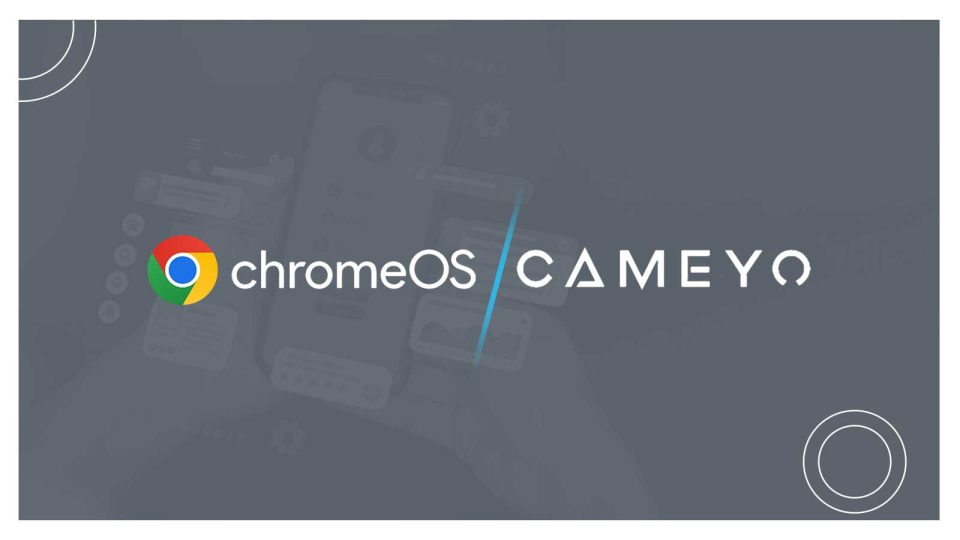Google has acquired Cameyo, a developer of virtualization tools for running Windows apps on ChromeOS hardware. The acquisition reflects Google’s view of the potential of virtual desktop infrastructure (VDI). Last year, the company announced a partnership with Cameyo to introduce seamless, fully integrated virtual application delivery on ChromeOS, giving users secure, easy, and familiar access to data and files within virtual applications.
Also Read: Importance of Data Protection in Cybersecurity
The Future of IT: Web-Based Applications
Benefits of Web-based Applications
- Cost-Effective Development: Web-based applications simplify development since developers only have to consider a single operating system, reducing the need to test the application across many platforms. Testing and troubleshooting are also very easy, especially with applications that are developed with a Flash front end.
- Ease of Customization: The web application’s user interface is easy to customize, allowing customers to update how an application looks or how information is presented to specific groups. This translates to users getting a more personalized experience instead of the one-size-fits-all desktop application interface.
- Support for Any Device: Web content can be designed to be accessed from various appliances, including smartphones, tablets, and PDAs. This dramatically improves the user experience since information is delivered in the most suitable format for the user’s preferred device.
- Access Anywhere: Users can access web-based systems from any location with a computer with an internet connection, regardless of time. Such flexibility allows for modern working practices, including global teamwork and remote working—ideal for breaking the shackles of fixed-location working.
- Ease of Installation and Maintenance: Installing and maintaining web-based applications is easier. Upgrades are carried out centrally on the host server, and there is no need to update individual user PCs. Rolling out new software is only a matter of installing new browsers and plugins, with the result being predictable and reliable.
- Scalable to Handle Increased Workload: Web-based applications are easy to scale to accommodate increased workload. More server capacity can be added using clustering or running the software on many servers simultaneously. They provide efficient performance as the demand is growing, just as Google uses its scalable infrastructure.
- Tighter Security: Web-based applications enjoy deployment on dedicated servers monitored and managed by experts in infrastructure. This means that security measures are tightened, including prompt detection of possible breaches, thus surpassing security standards in desktop applications.
- Better Interoperability: Web-based architecture has better interoperability among applications than desktop systems. Integrating web-based systems is far easier and, therefore, better for work and business processes.
CIO Influence Latest News: Crowdstrike Falcon for Insurability Fast Tracks Companies for Cyber Insurance Eligibility
Understanding Virtual Application Delivery
In a traditional approach, application delivery entails managing the operational aspects of an application deployed within a data center, ensuring dependable access for clients worldwide. This encompasses load balancing, traffic management, and security provisions. Within virtual and cloud infrastructures, these services are presented as software images.
However, the conventional approach to application delivery tends to adhere to traditional paradigms, often centered on monolithic three-tiered architectures primarily serving clients external to the data center, and structured around a traditional appliance form factor.
Virtual application delivery (VAD) technology allows applications to be virtualized and delivered to end users over a network. This approach separates the application from the underlying operating system and hardware, enabling it to run in a self-contained and isolated environment.
The growing importance of VAD in modern businesses lies in its ability to provide rapid, on-demand access to business applications, regardless of the device, location, or operating system. This flexibility improves productivity and reduces the cost and complexity associated with traditional application deployment and management.
Aligning Cameyo and ChromeOS for Optimal Performance
Significance of the Acquisition
When combined with Cameyo’s technology, ChromeOS enables businesses to accelerate the transition to web-based technology. How?
- Streamlining application deployment: Virtualized apps can be easily deployed and accessed across the entire organization without regard for device or location.
- Enhancing security: Both ChromeOS and Cameyo have zero-trust security, which culminates in comprehensive protection of data and systems from vulnerabilities.
- Improving Productivity: Employees can quickly and easily access necessary applications directly from the ChromeOS shelf as Progressive Web Apps (PWAs), completely removing compatibility issues, poor performance, or the requirement of navigating through a virtual desktop.
- Lowering IT costs: Streamlining application management and support processes and eliminating infrastructure requisites result in significant cost savings.
Integrating Cameyo’s virtualization technology with ChromeOS marks a pivotal advancement in enterprise IT solutions. This acquisition is not just in line with Google’s commitment to innovation within the ChromeOS ecosystem; it also provides businesses with a strong platform to modernize their IT infrastructure. With Cameyo’s Virtual Application Delivery technology, organizations can easily migrate from their legacy systems into an agile, secure, and more cost-effective environment.
FAQs
1. How does virtual application delivery (VAD) differ from traditional application delivery?
Traditional application delivery often involves managing operational aspects within a data center with services such as load balancing and traffic management. Conversely, VAD virtualizes applications, allowing them to run in an isolated environment and be accessed over a network, regardless of the underlying hardware and operating system.
2. How do web-based applications integrate with other business systems?
Web-based applications integrate with other business systems through APIs (Application Programming Interfaces), web services, and middleware. These integration methods allow different applications to communicate, share data, and work together seamlessly, improving overall business processes and efficiency.
3. What factors should businesses consider when choosing a web-based application provider?
When choosing a web-based application provider, businesses should consider factors such as security measures, reliability, scalability, customer support, integration capabilities, and the provider’s track record. It is also important to evaluate the total cost of ownership and the provider’s ability to meet specific business needs.
[To share your insights with us as part of editorial or sponsored content, please write to psen@itechseries.com]


